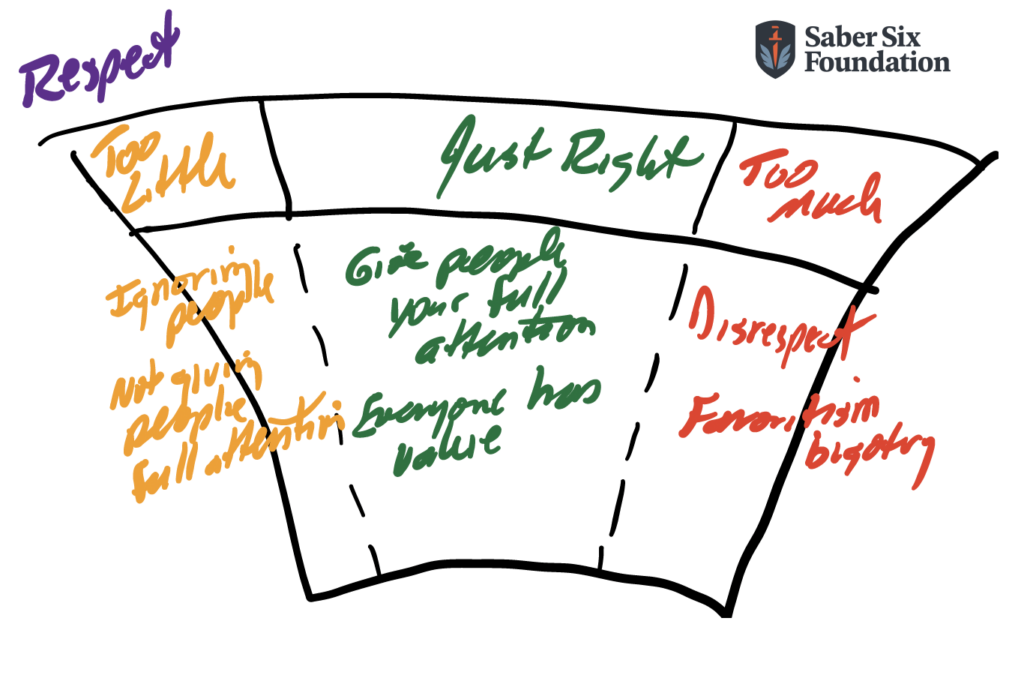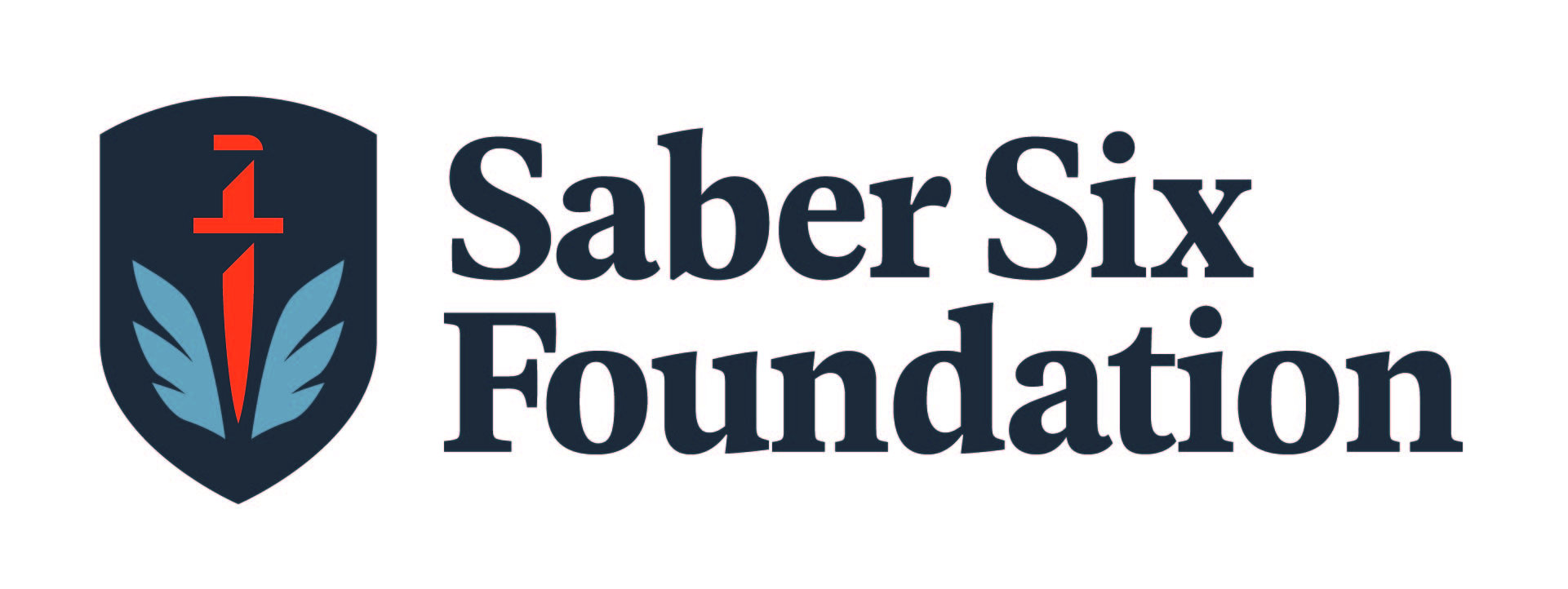How to Set Your Standards
Your standards include your values and performance expectations. They represent what’s important to you, what you stand for, and where you draw the line.
You’ve had standards to follow in the military and your professional life. What about setting them for yourself and your future?
Doing so helps you determine what organizations and people deserve your support, how to tell if something is a good fit for you, and how you decide to act when facing complex issues that don’t seem to have a clear right or wrong answer.
Four tools can help you determine, define, and practice your standards.
First, decide what values are most important to you.
To do that, you need a system of principles or virtues that you prioritize and then select supporting values. Most religions and philosophies have such systems.
I’ve developed this quiz that uses the ancient Greco-Roman Cardinal Virtues of Wisdom, Justice, Courage, and Self-Discipline. The questions help you determine the two most important principles and corresponding values.
Once you have decided on your top three to five values, you should also set your most crucial performance expectations. These are likely to change over time. For example, you might state that you want to exercise at least three days per week to maintain your physical well-being.
Second, apply the simple “X so that Y” formula to each standard.
Here are some examples:
- Treat people with respect so that each person feels welcome and valued.
- Build trust so that people can rely on you to do X, Y, Z.
- Eat dinner with my family five times a week and have a quality conversation so that we come closer as a family, develop critical thinking skills, and encourage each other to speak our minds respectfully
Third, use the pressure gauge to flesh out these standards.
As you can see from the picture, the pressure gauge has three sections. Yellow and red depict unacceptable in terms of underperformance or excessive pressure, and green indicates what acceptable looks like.

The above illustration of Respect includes two examples of too little respect, what excessive pressure looks like, and two examples of just right.
Finally, identify a personal exemplar of the standard.
This gives you a clear model of the desired behavior. In terms of respect, my models are former Under Secretary of Defense Michele Flournoy and Retired Army General Stand McChrystal. They always treated everyone as valuable individuals and gave the person they interacted with their full attention.
How well is this process working for you?

